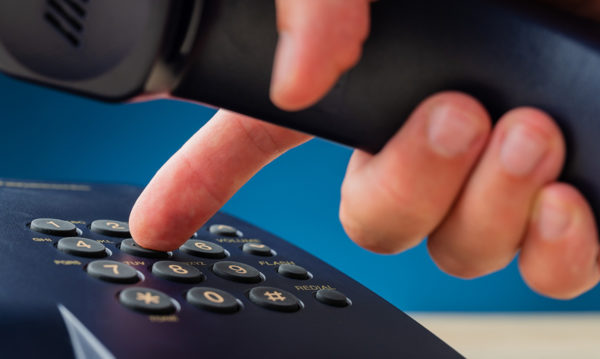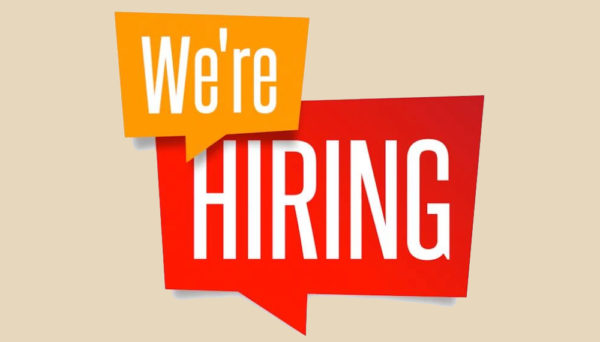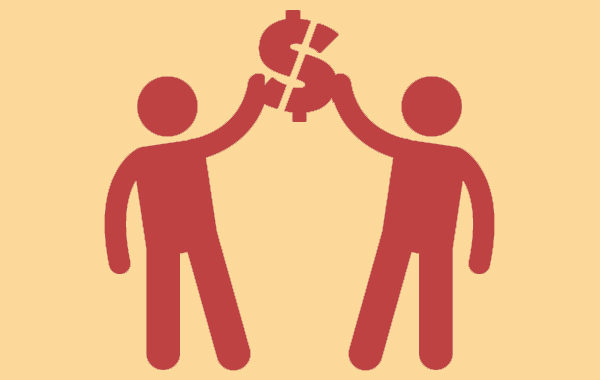Note from Steven: this month Jim’s been posting helpful blogs about your major donor fundraising. This post is about matching gifts. Speaking from personal experience: follow Jim’s advice and you’ll raise a lot more money!
Everyone likes a good deal – even your donors! Think about any store that sells things you love. When they have a sale, are you more likely to pay attention and make a purchase? You bet. Getting a ‘deal’ makes all of us more likely to take action now.
It’s the same thing with nonprofit fundraising.
In fundraising, matching funds are often the ‘deal’ that makes donors take action. After all, what donor wouldn’t want to double their money & impact when they make a donation?! Matching funds are fundraising magic.
Matching funds are the easiest way to improve fundraising results – and at the same time make your donors feel great about their giving. And your easiest source of matching funds are your major donors.
Let me make the further case for why matching funds matter, and then I will tell you how to secure them from your major donors.
Matching Funds make a BIG Difference
Here are just a few reasons why securing matching funds helps you raise more money:
- A 51% increase in the average donation amount (and that’s prior to receiving matching gift funds).*
- Mentioning matching gifts in fundraising appeals results in a 71% increase in the response rate.**
- 84% of survey participants revealed they’re more likely to donate if a match was offered.‡
- When a match is offered, one in three donors indicates they gave a larger gift because matching was applied to their donation.‡‡
- Match-funding is the most likely factor to make donors give more. Match-funding even scored higher than emergency appeals.***
That’s fundraising magic right there! Donors are more engaged, more likely to give, and you’ll raise more money.
Note from Steven: you can use matches several times a year. Donors do not get tired of them. Do you get tired of your favorite things going on sale?
Now go secure those funds!
By now you are probably asking yourself, “How do I get a major donor to give matching funds?” As I mentioned earlier, the easiest source of matching funds are your major donors.
Here’s how I go about securing matching funds from major donors:
- You must first know who your major donors are. Earlier this month I wrote a blog post where I outlined the process for identifying, ranking and working with your major donors. If you don’t know exactly who your major donors are, then I’d suggest you first read that blog post.
- Review your major donor list to find a donor who either hasn’t given a major gift this year or you think has the capacity to give another large gift.
- Contact the donor to ask them if they’d like the chance to multiply their gift and in turn increase the impact of their gift.
- If you need to, share a couple of the stats above with the donor. Most major donors know that matching funds increase fundraising results – but they don’t have any idea how much. Be sure to tell them how big an impact their gift of matching funds will have!
- When asking for matching funds (or any gift for that matter), give them a deadline to respond to you by. If your donor seems interested but doesn’t commit to giving you a matching gift, then give them a deadline that’s reasonably soon.
Follow those steps. You won’t have success every time – but you’ll have more success than you expect!
Having matching funds really is fundraising magic. It is the easiest way to increase your fundraising results, and it’s a great way to engage your major donors in your fundraising efforts.
And a more engaged major donor is a great thing for your organization!
Footnotes:
*Source: Tech Soup: Which Fundraising Strategies Work?
**Source: Tech Soup: Which Fundraising Strategies Work?
‡Source: The Big-Give Research Initiative
‡‡Source: The Big-Give Research Initiative
***Source: The Big-Give Research Initiative







